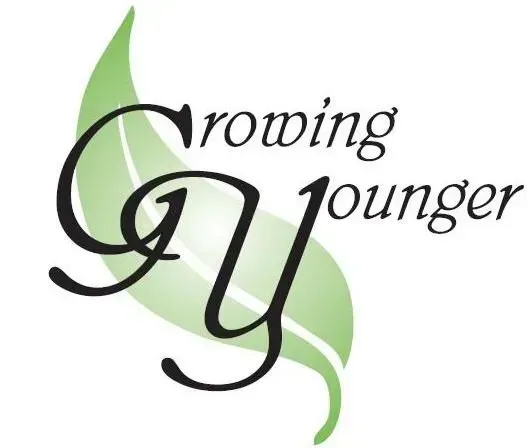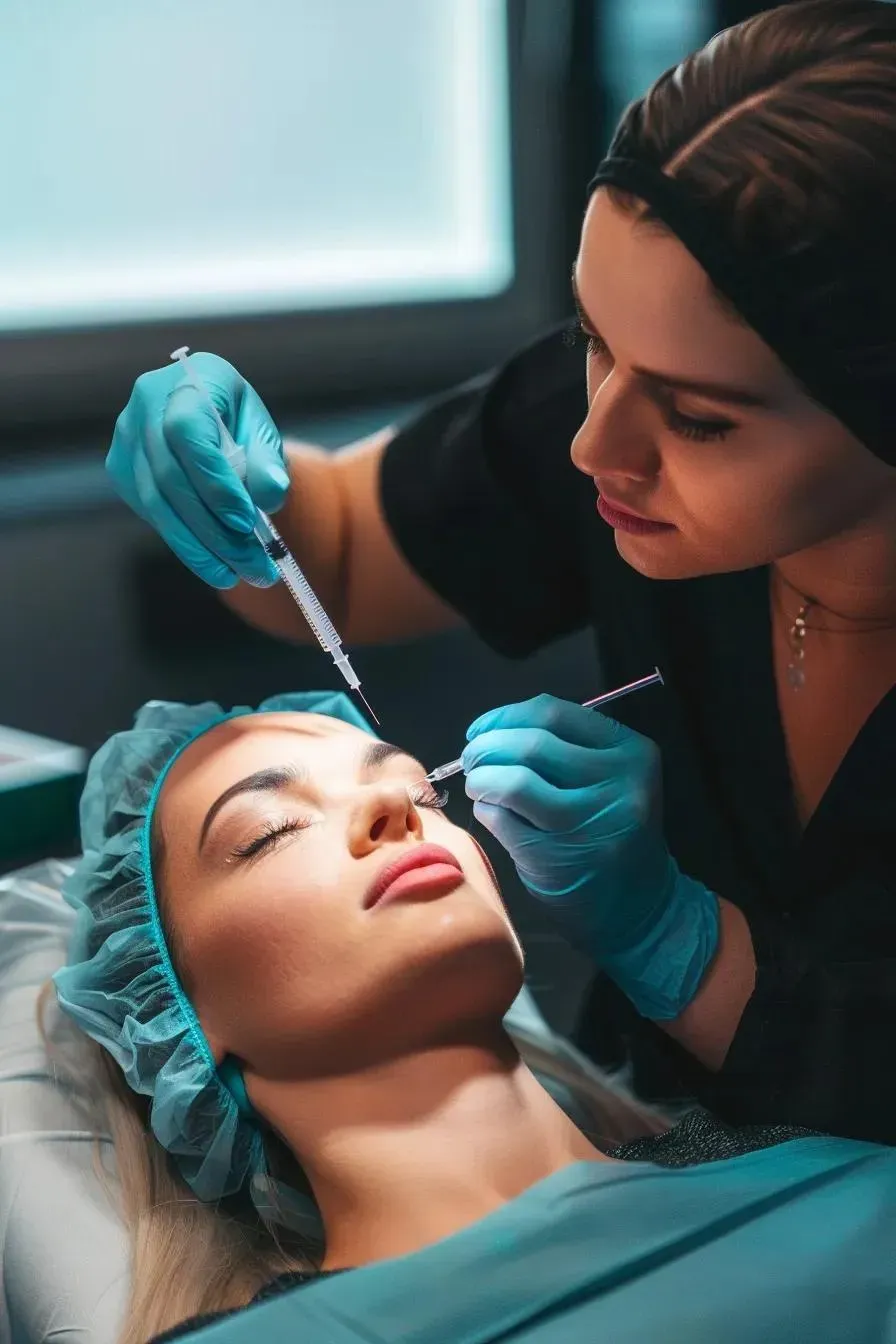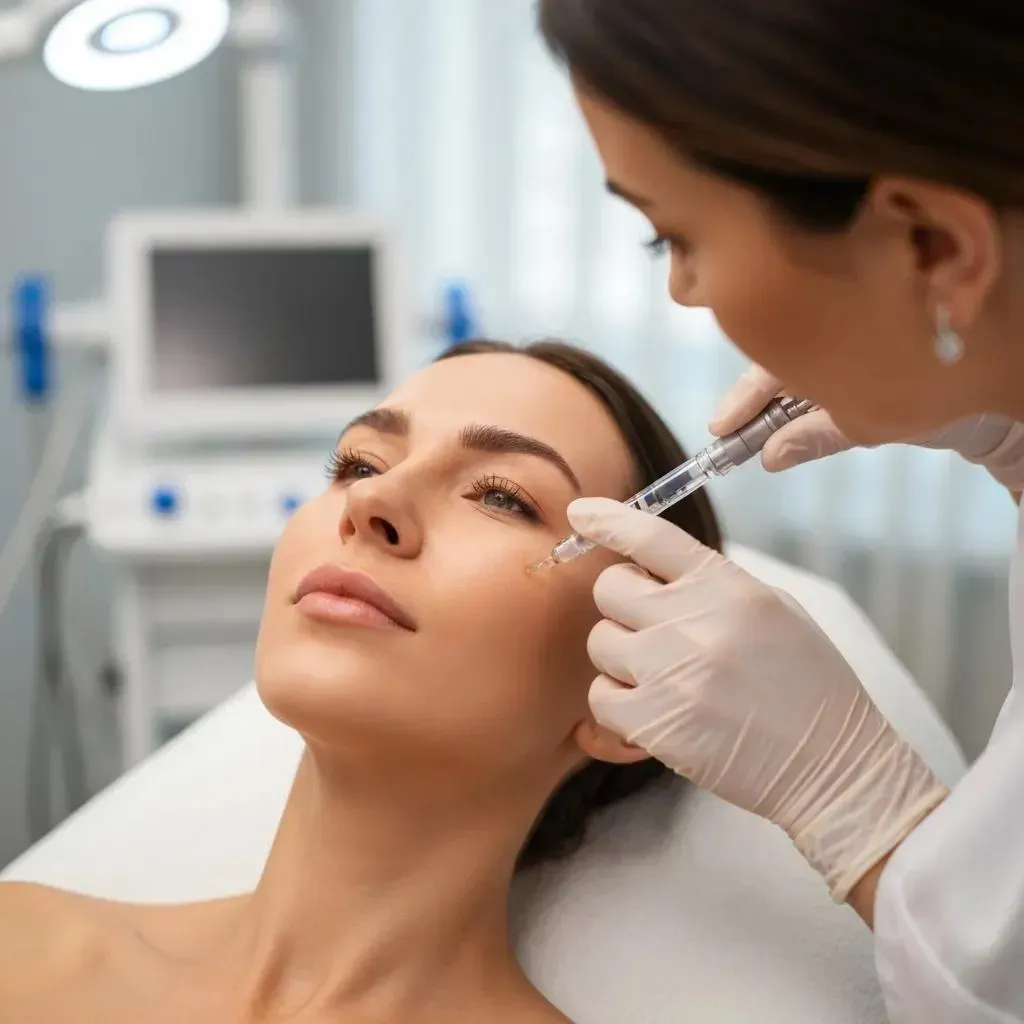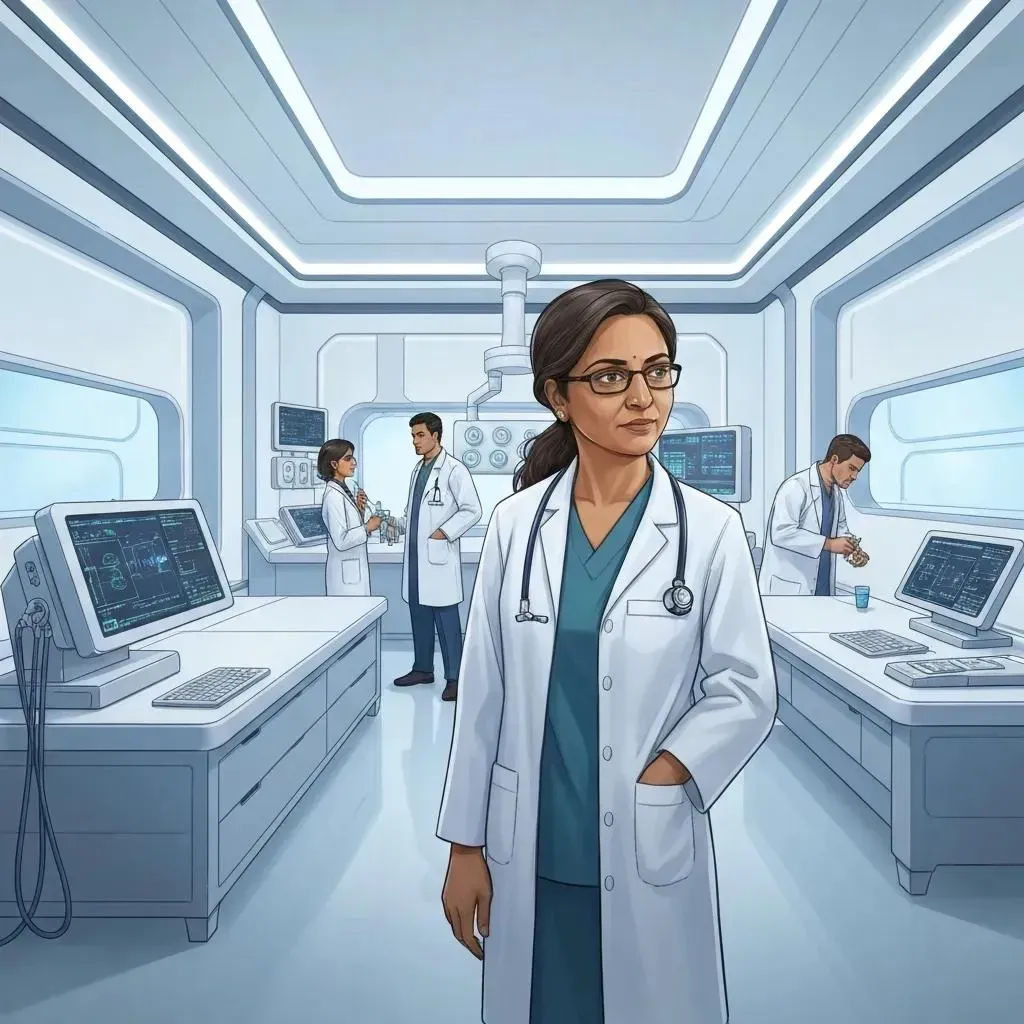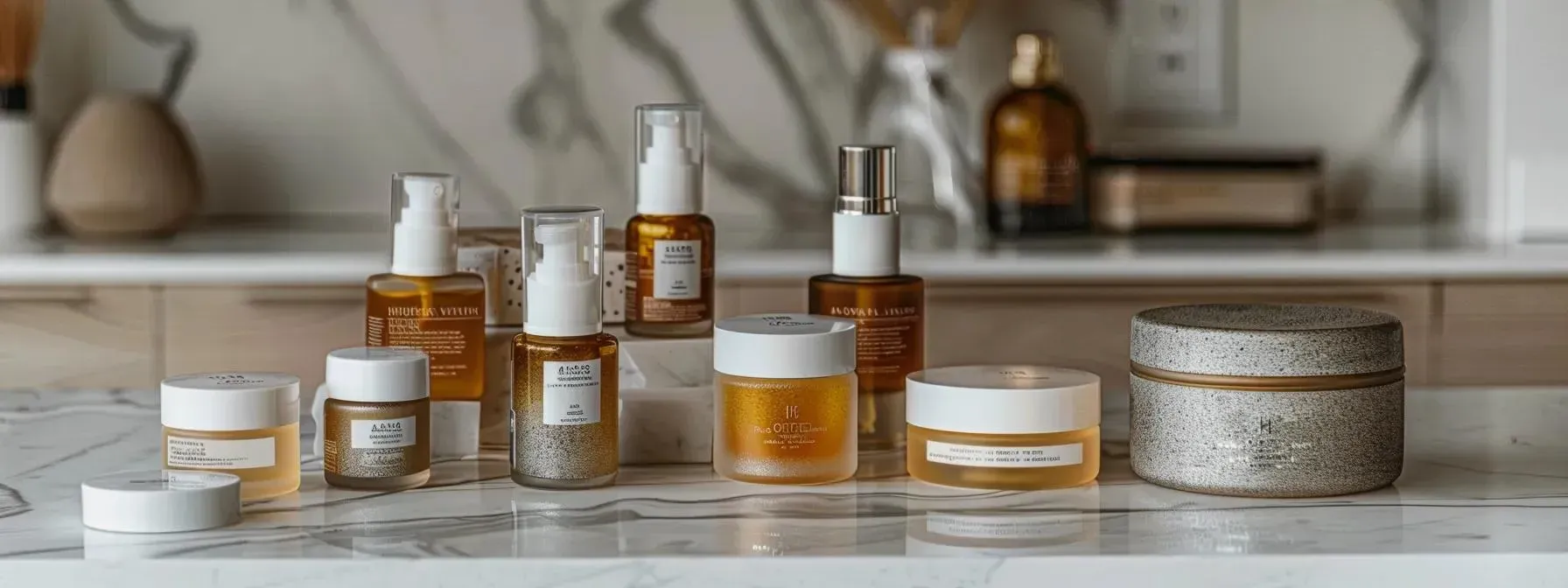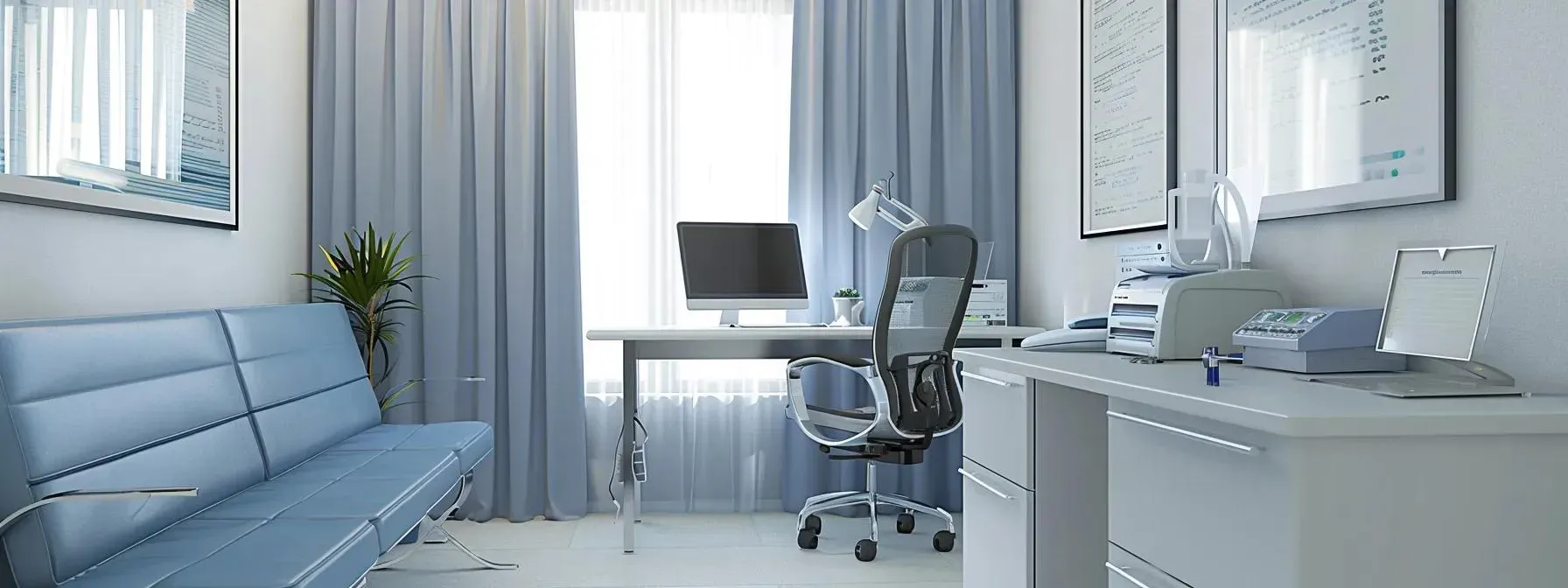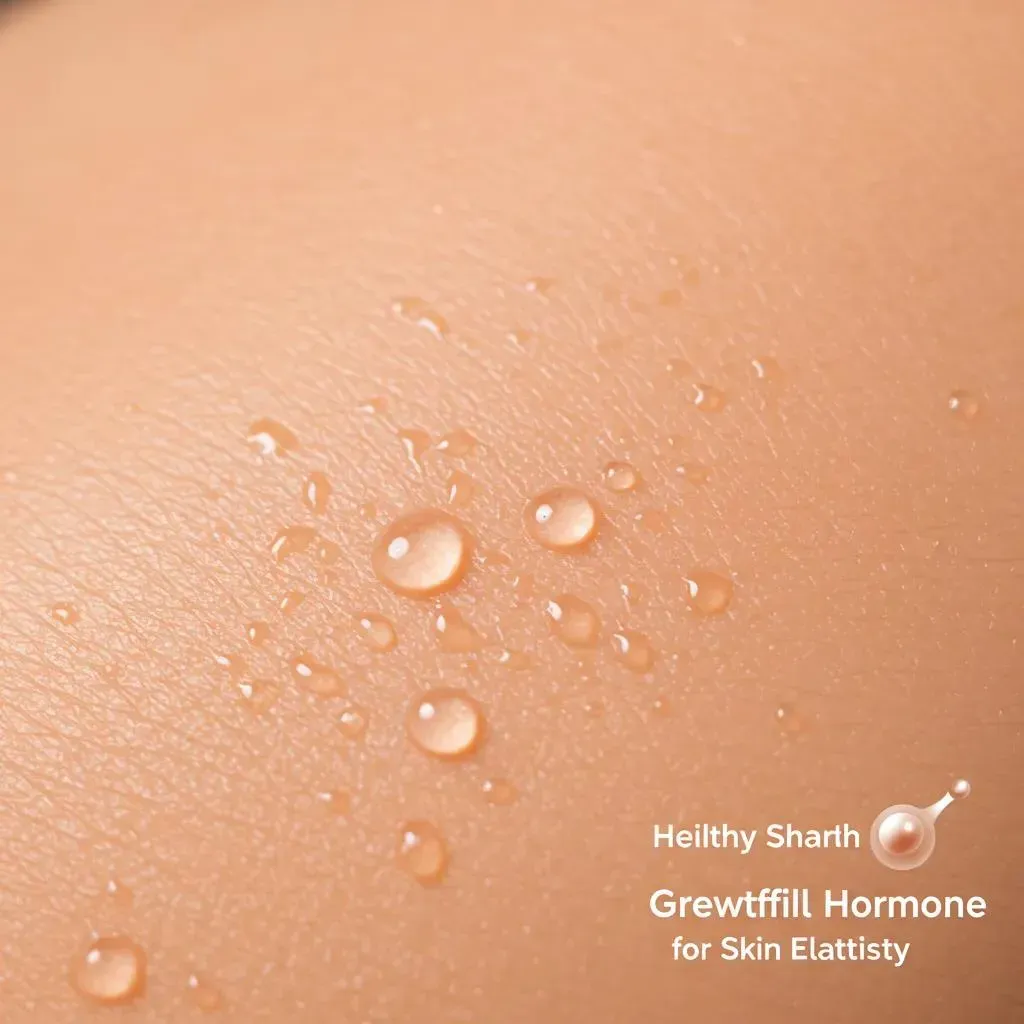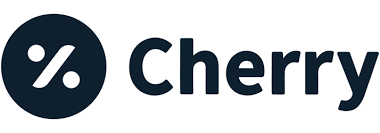Navigate Post-Massage Discomfort: Common Issues & Solutions
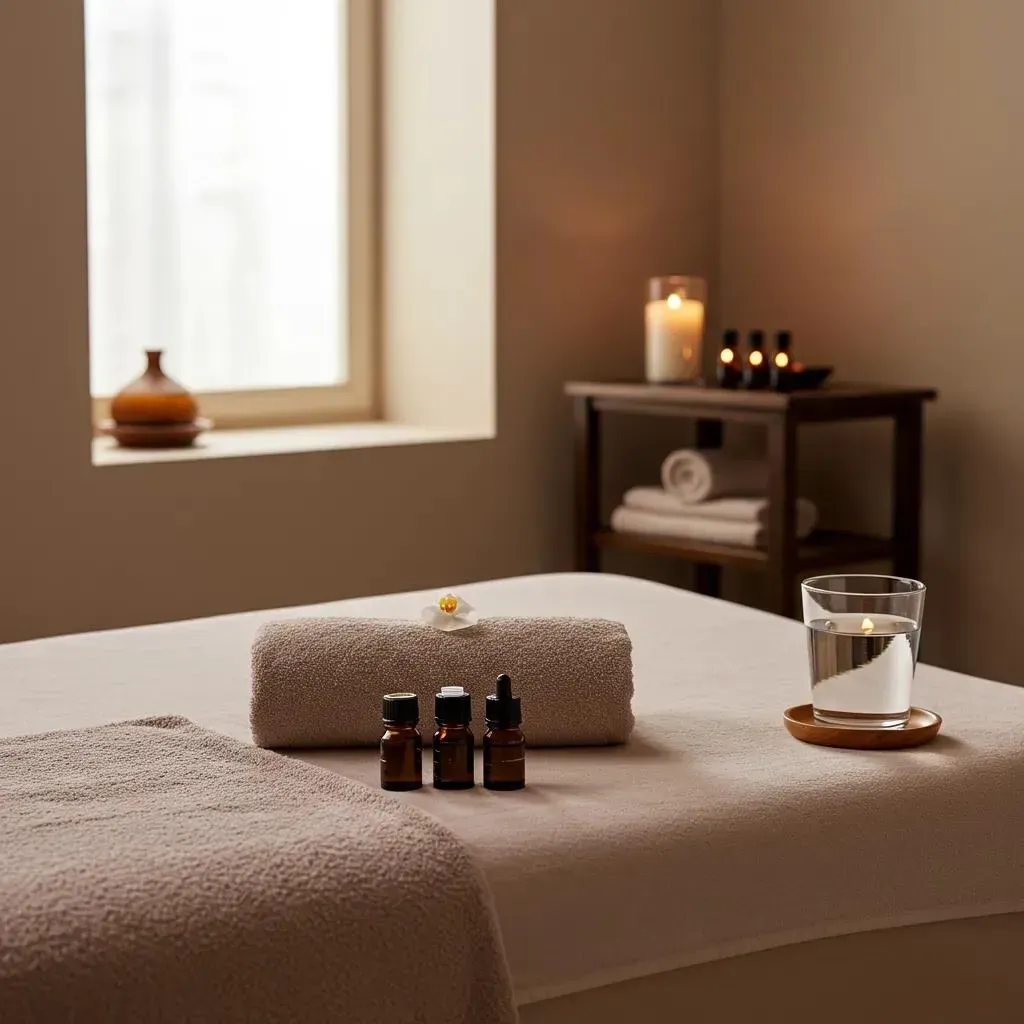
Experiencing mild soreness, headaches, or fatigue after a massage is common. Understanding these typical post-treatment responses and how to manage them helps you recover smoothly and feel your best. This guide will walk you through why these symptoms occur, offer effective relief strategies, share essential aftercare tips, and let you know when to seek professional advice. You’ll learn about staying hydrated, using heat and cold, gentle movement, nourishing your body, and soothing home remedies like Epsom salt baths. We’ll also show you how Growing Younger Clinic’s personalized massage therapy in Madison, AL, supports your recovery and invite you to book a complimentary consultation.
Common Post-Massage Sensations and Their Causes
These sensations arise from the deep work done on your tissues, increased circulation, and the body’s natural detoxification processes. When muscles are worked, tiny micro-tears can form, leading to soreness similar to what you might feel after exercise. Enhanced blood and lymph flow also help release metabolic byproducts, which can sometimes cause temporary fatigue or mild nausea. Knowing this helps you anticipate and manage these effects.
| Symptom | Why It Happens | How Long It Typically Lasts |
|---|---|---|
| Muscle Soreness | Minor tears in muscle fibers from deep pressure | 1–2 days |
| Headache | Release of tension in the neck and shoulders | 12–24 hours |
| Bruising | Minor disruption of small blood vessels under the skin | 3–7 days |
| Fatigue & Detox Feelings | Mobilization of toxins and metabolic waste | 1–3 days |
This overview helps clarify why you might feel certain ways after your massage and prepares you for effective relief. Now, let’s explore specific ways to ease post-massage soreness and muscle discomfort.
What Sensations Are Normal After a Massage?
You might notice some localized muscle tenderness, a mild headache, faint bruising, a feeling of lightheadedness or slight nausea, and general fatigue. These are normal signs that your body is responding to the massage, with increased circulation and the lymphatic system working to clear things out. Recognizing these as part of the recovery process helps you distinguish them from anything that might need further attention.
Why Do Soreness and Muscle Pain Occur Post-Massage?
Soreness and muscle pain happen when the deep pressure used in massage stretches muscle fibers, creating microscopic tears. This triggers a natural inflammatory response that helps repair the tissue. Increased blood flow brings nutrients for healing but can also make nerve endings more sensitive, leading to discomfort. It’s similar to how your muscles feel after a good workout and usually resolves with proper care.
How Does Detoxification Affect Your Recovery?
After a massage, your lymphatic system is more active, helping to move metabolic byproducts and waste. As these substances are mobilized, you might feel tired, a bit lightheaded, or slightly queasy. Supporting this natural process with plenty of fluids and rest helps your body eliminate efficiently and speeds up your recovery.
When Should You Be Concerned About Post-Massage Sensations?
It’s a good idea to seek professional advice if your post-massage pain becomes severe or lasts longer than 48 hours, if you experience significant swelling, extensive bruising, or any neurological symptoms like numbness. These could indicate something beyond typical recovery that warrants a closer look.
Effective Ways to Soothe Post-Massage Soreness and Muscle Pain
To effectively manage post-massage muscle soreness, focus on hydration, temperature therapies, gentle movement, and allowing your body to rest. Addressing soreness from multiple angles helps speed up tissue repair, reduce inflammation, and bring back your comfort.
- Stay well-hydrated by drinking at least eight 8-ounce glasses of water daily. Consider adding electrolytes if you feel fatigued or a bit queasy.
- Use warm compresses for 10–15 minutes to help muscles relax, followed by ice packs for 5–10 minutes to reduce any inflammation.
- Engage in gentle static stretches for your major muscle groups, holding each stretch for 20–30 seconds without bouncing.
- If needed, use over-the-counter pain relievers or topical creams as directed to ease discomfort.
- Prioritize 7–9 hours of quality sleep and incorporate relaxation techniques like deep breathing or mindfulness to aid your body’s recovery.
These strategies work together to ease tension and promote healing. In the following sections, we’ll dive deeper into hydration, temperature therapy, stretching, remedies, and the importance of rest.
Best Hydration Practices for Muscle Recovery
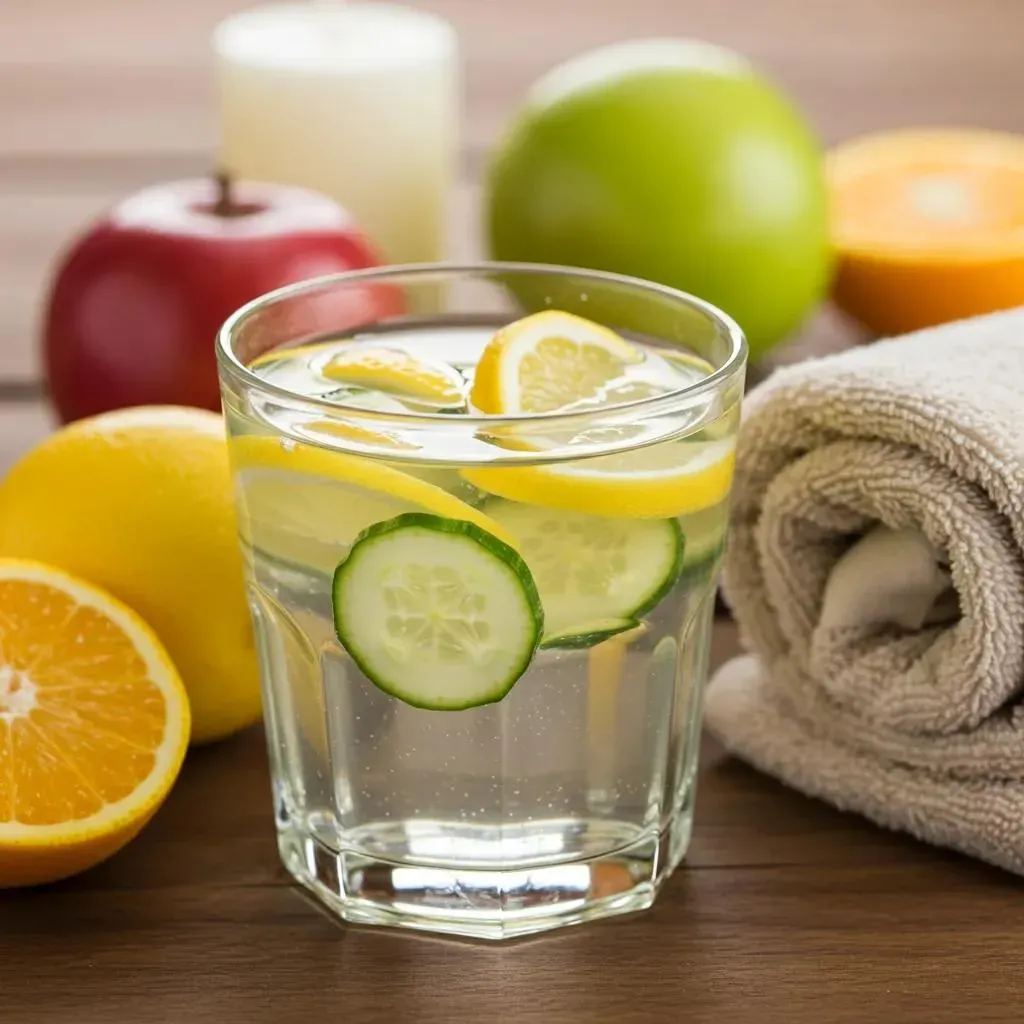
Proper hydration is key for muscle repair, nutrient delivery, and keeping your cells functioning well. Aim to drink about half an ounce of water per pound of body weight daily. If you’ve been sweating a lot, consider electrolyte-rich options like coconut water or a tiny pinch of sea salt in your water. Sipping water consistently throughout the day helps prevent dehydration-related issues and speeds up your recovery.
How Heat and Cold Therapy Help Muscle Pain After Massage
Alternating between heat and cold therapies helps manage circulation and inflammation. Heat widens blood vessels, increasing blood flow and relaxing muscles. Cold therapy constricts vessels, which can reduce swelling, numb pain, and decrease inflammation. Applying heat for 10–15 minutes, then switching to cold for 5–10 minutes, can create a beneficial cycle for easing soreness.
Comparing Cold and Heat Therapies for Muscle Soreness
Ten interventions were examined: contrast water therapy, phase change material, the novel modality of cryotherapy, cold-water immersion, hot/warm-water immersion, cold pack, hot pack, ice massage, ultrasound, and passive recovery. Network meta-analysis results showed that: (i) within 24 h after exercise, hot pack was the most effective for pain relief, followed by contrast water therapy; (ii) within 48 h, the ranking was hot pack, followed by the novel m
Effect of cold and heat therapies on pain relief in patients with delayed onset muscle soreness: A network meta-analysis, 2022
Gentle Stretches to Aid Post-Massage Recovery
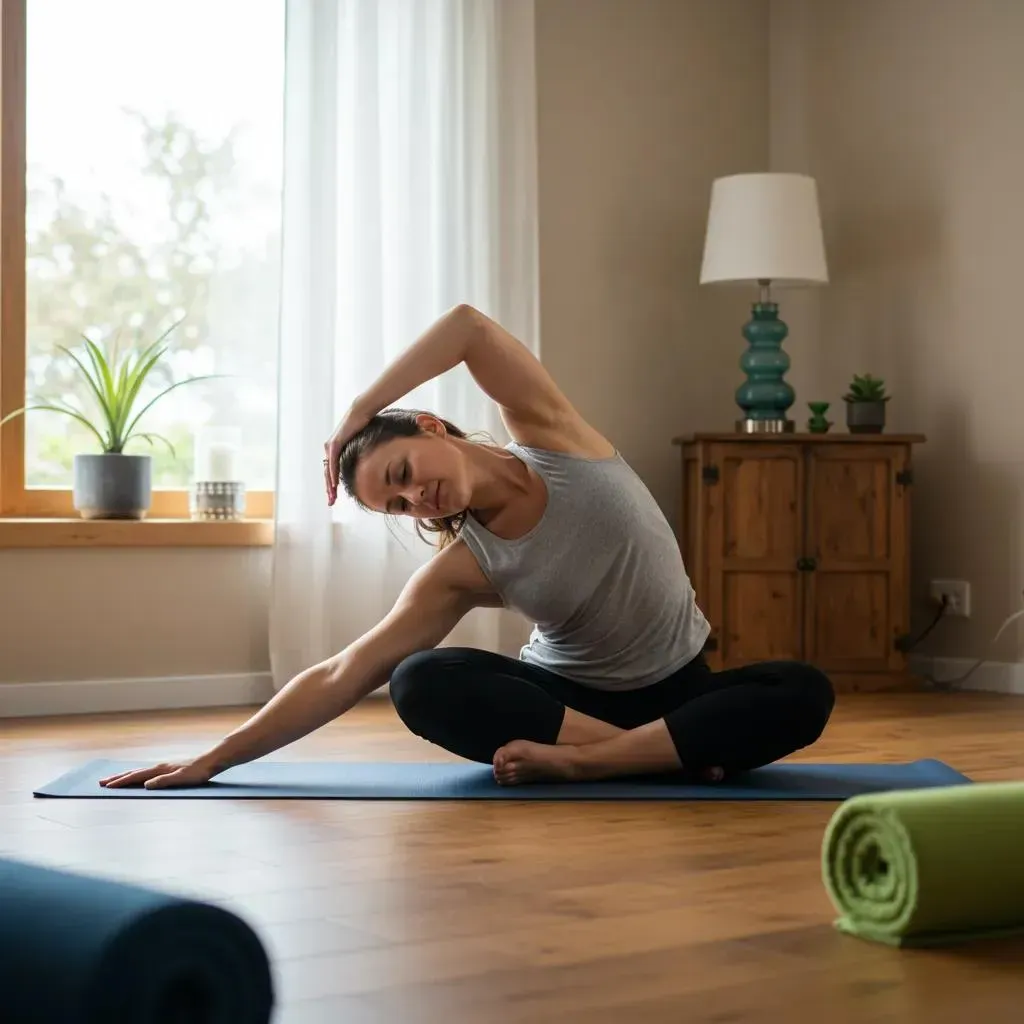
Gentle stretching helps improve flexibility, ease muscle tension, and prevent stiffness. Try simple stretches like tilting your head to the side, rolling your shoulders, a seated hamstring stretch, or a standing quadriceps stretch. Hold each stretch for 20–30 seconds, breathing deeply, and repeat a couple of times on each side. This helps maintain your range of motion without overworking your muscles.
When to Consider Over-the-Counter Remedies for Soreness
Non-prescription pain relievers like ibuprofen or topical creams with ingredients like menthol can help reduce inflammation and block pain signals when used as directed. These are helpful when soreness makes daily activities or sleep difficult. However, avoid using them for more than two to three days without checking in with a healthcare provider.
How Rest and Relaxation Promote Healing After Massage
Rest and relaxation activate your body’s calming response, lowering stress hormones and heart rate so your body can focus on healing. Simple practices like deep breathing, meditation, or a gentle restorative yoga session can make a big difference. Getting 7–9 hours of quality sleep is also crucial, as it’s when your body releases growth hormone to help repair tissues.
Managing Headaches and Nausea After Massage
Headaches and nausea following a massage can sometimes be linked to changes in blood pressure, the release of toxins, or the easing of tension in neck muscles. Understanding these potential causes helps you manage discomfort and prevent them from recurring.
Why Might You Get a Headache After Massage Therapy?
Headaches can occur when tension held in the neck and scalp muscles is released, leading to shifts in blood flow and nerve sensitivity. As your blood vessels adjust, a mild headache might develop. Staying hydrated and doing gentle neck stretches can help balance pressure and ease the discomfort.
How to Ease Nausea and Dizziness Post-Massage
To feel better if you’re experiencing nausea or dizziness, try sipping small amounts of water or ginger tea, lie down with your feet slightly elevated, and practice slow, deep breathing. These steps can help stabilize your blood pressure, support your body’s natural cleansing processes, and calm your system.
When to Seek Medical Advice for Post-Massage Headaches
You should consult a healthcare professional if your headaches don’t improve within 24 hours, if they become more severe, if you notice changes in your vision, or if they don’t respond to simple remedies like hydration and rest. These could be signs of something more significant than a typical post-massage effect.
Safe Self-Care Tips for Post-Massage Nausea
For nausea, try eating small amounts of bland foods like crackers, avoid heavy meals right after your massage, and consider acupressure. Gently pressing the point on your inner wrist (known as P6) for a minute or two can help. Ginger supplements or tea can also be soothing for your stomach without interfering with your recovery.
Addressing Bruising and Skin Sensitivity After Deep Tissue Massage
Bruising and skin sensitivity can happen when deep pressure affects the small blood vessels and nerve endings beneath the skin. Knowing what to expect and how to care for these areas helps speed up healing and keep your skin comfortable.
Is Bruising Normal After Deep Tissue Massage?
Yes, bruising can be a normal response to deep tissue massage, particularly if you have delicate capillaries. It occurs when a small blood vessel breaks under pressure, allowing blood to seep into the surrounding tissue. This is a common reaction to firm pressure.
Best Ways to Heal Massage Bruises Quickly
Applying a cold compress right after you notice a bruise can help constrict blood vessels and minimize swelling. After about 48 hours, switching to warm compresses can encourage circulation and help break down the pooled blood. Applying arnica gel or vitamin K cream topically may also aid skin repair.
How to Manage Skin Sensitivity and Irritation Post-Massage
Gently clean the affected area with a mild, fragrance-free soap and apply a soothing, hypoallergenic moisturizer. It’s best to avoid harsh exfoliants, very hot showers, or tight clothing on the sensitive skin until it feels better, which usually takes about a week.
When Should Massage Bruising Be Checked by a Professional?
You should seek professional medical advice if bruising seems to be getting worse, spreading significantly, is accompanied by severe pain, or shows signs of infection like increased redness, warmth, or discharge. These could indicate a need for medical attention beyond typical aftercare.
Recognizing Fatigue, Dehydration, and Detox Symptoms Post-Massage
Feeling tired, dehydrated, or experiencing mild detox symptoms are signs that your body is working to clear out metabolic waste and rebalance itself. Recognizing these early allows you to take steps to restore your energy and feel better.
Watch for persistent tiredness even after resting, darker urine or a dry mouth, headaches, muscle cramps, and mild nausea. These can occur as your lymphatic system becomes more active and metabolic wastes move into your bloodstream, placing a temporary extra load on your kidneys and digestive system.
Why Might You Feel Tired or Drained After a Massage?
Feeling tired is common because massage stimulates your body’s natural detoxification processes. As waste products are moved around for processing, your energy reserves can be temporarily depleted. This effort to break down metabolic byproducts uses energy and can lead to temporary fatigue.
How Does Dehydration Affect Post-Massage Recovery?
Dehydration can slow down the transport of nutrients, hinder the clearance of toxins, and make muscle cramps and headaches worse. When you don’t have enough fluids, circulation can slow, delaying your recovery and prolonging any soreness or discomfort.
Common Detox Symptoms and How to Manage Them
Mild nausea, headaches, fatigue, and needing to urinate more frequently can be signs of detoxification. To manage these, drink water, perhaps with lemon or cucumber for added electrolytes. Rest in a calm environment and eat light, nutrient-rich meals that support your liver and kidneys.
When to Contact Growing Younger Clinic for Persistent Fatigue or Detox Issues
Reach out to Growing Younger Clinic if fatigue lasts more than 72 hours, is accompanied by severe dizziness or digestive upset, or if you have existing health conditions. Their experienced massage therapists can adjust your treatment or suggest other services, like nutritional guidance, to help you recover.
Essential Massage Aftercare Tips for Optimal Recovery
Effective aftercare involves staying hydrated, resting, gentle movement, good nutrition, and using home remedies to create the best environment for healing and lasting well-being.
Why Hydration is Crucial After Your Massage
Drinking enough water helps flush out toxins, maintain healthy blood volume, and support cell repair. Adding electrolytes can replenish minerals lost during the detoxification process, ensuring that nutrients reach your recovering tissues efficiently.
How Rest and Gentle Movement Support Healing
Balancing periods of rest with light activities like walking or gentle yoga helps keep your lymphatic fluid moving and prevents stiffness. Getting enough sleep is vital, as it’s when your body releases growth hormone, which is essential for muscle repair and overall recovery.
The Role of Nutrition in Post-Massage Recovery
Nutrient-rich foods provide the building blocks for tissue repair, antioxidants to combat inflammation, and healthy fats to support cell membranes. Focus on lean proteins, leafy greens, berries, and sources of omega-3 fatty acids like walnuts or fatty fish to optimize your healing process.
How Epsom Salt Baths and Other Home Remedies Can Help
Soaking in an Epsom salt bath can help relax muscles and reduce swelling by delivering magnesium sulfate through your skin. Adding a few drops of lavender essential oil can enhance the calming effect. Other helpful remedies include warm compresses, arnica poultices, and gentle self-massage with a natural oil like coconut oil.
When to Schedule Follow-Up Appointments or Consultations
Consider scheduling another massage or a consultation if your symptoms linger longer than expected—such as muscle soreness lasting over 48 hours, bruising that doesn’t fade within a week, or persistent headaches and fatigue. Working with your therapist on an ongoing aftercare plan ensures you receive tailored support.
How Growing Younger Clinic Supports Your Post-Massage Recovery
At Growing Younger Clinic, we combine expert massage therapy with a holistic approach to wellness, ensuring your recovery is safe, effective, and tailored just for you. Our team carefully monitors your body’s responses, adjusts techniques as needed, and integrates complementary services for the best possible results.
Personalized Care for Post-Massage Recovery at Growing Younger Clinic
Every session begins with understanding your unique body, health history, and recovery goals. Our therapists then customize the pressure, techniques, and aftercare advice—from hydration plans to specific stretches—to meet your individual needs.
How to Schedule a Free Consultation for Post-Massage Concerns
If you have questions about your post-treatment experience or want to explore personalized recovery strategies, simply reach out to the Growing Younger Clinic wellness team to arrange a complimentary consultation. Our professionals will review your treatment plan, answer your questions, and recommend services to enhance your overall well-being.
Additional Wellness Services That Complement Massage Therapy
Growing Younger Clinic offers services like nutritional counseling, stress management workshops, and support for weight management to enhance your recovery and promote long-term health. Combining these with massage therapy creates a comprehensive plan that addresses both symptom relief and your broader health objectives.
Taking care of yourself after a massage is key to maximizing its benefits and maintaining your well-being. By understanding common post-massage sensations, using effective relief strategies, and following essential aftercare steps, you can minimize discomfort and speed up your recovery. If symptoms persist or you’d like personalized guidance, the expert team at Growing Younger Clinic is here to support your journey to feeling rejuvenated and vibrant.
